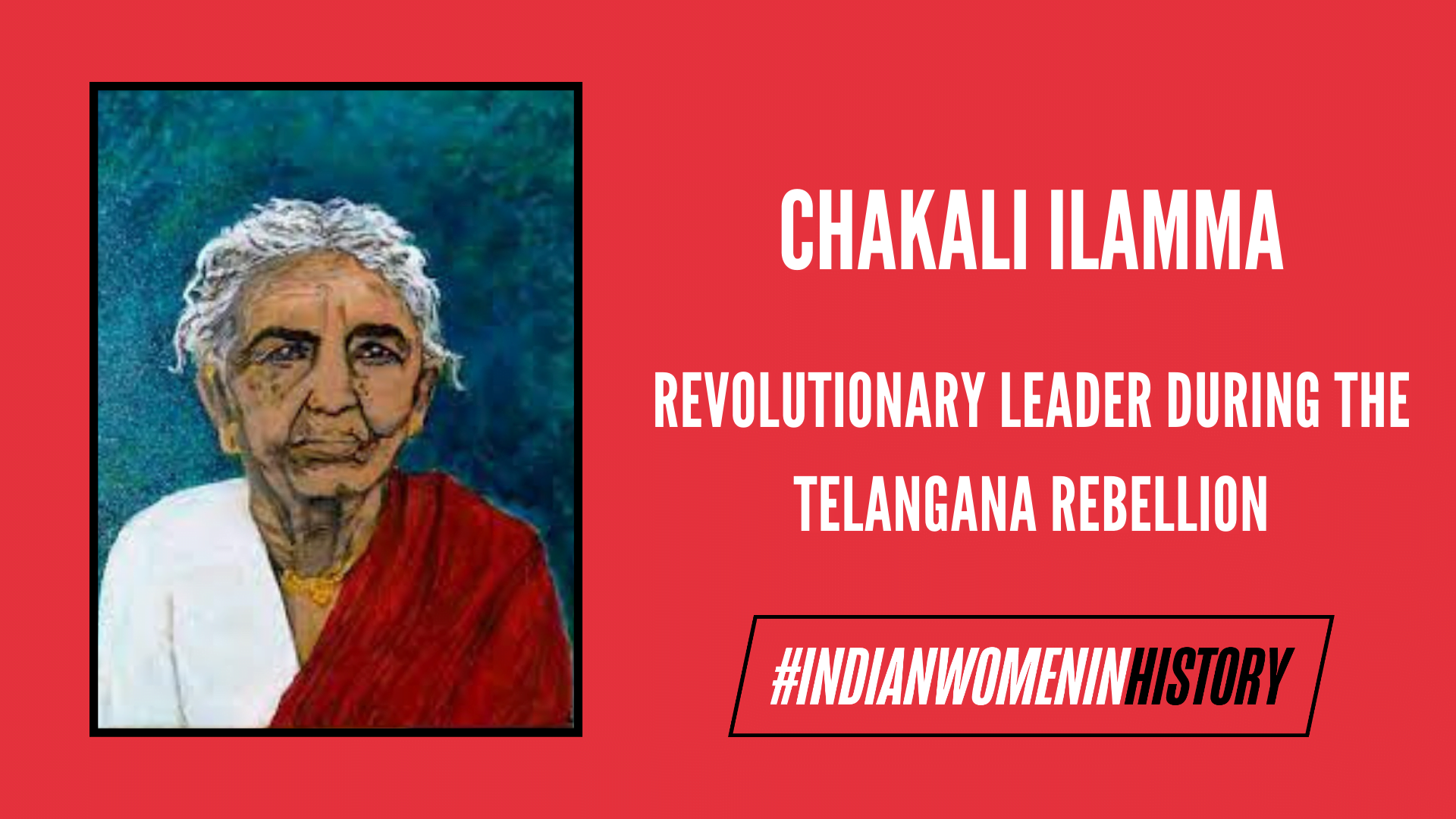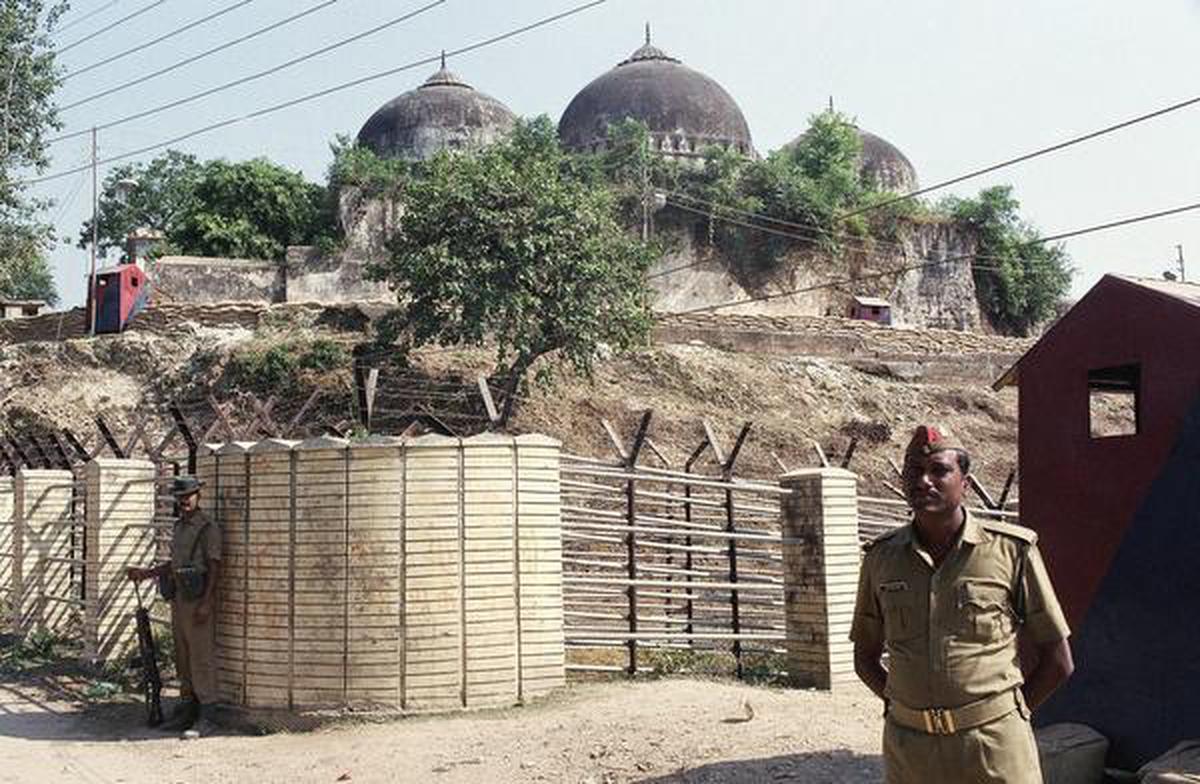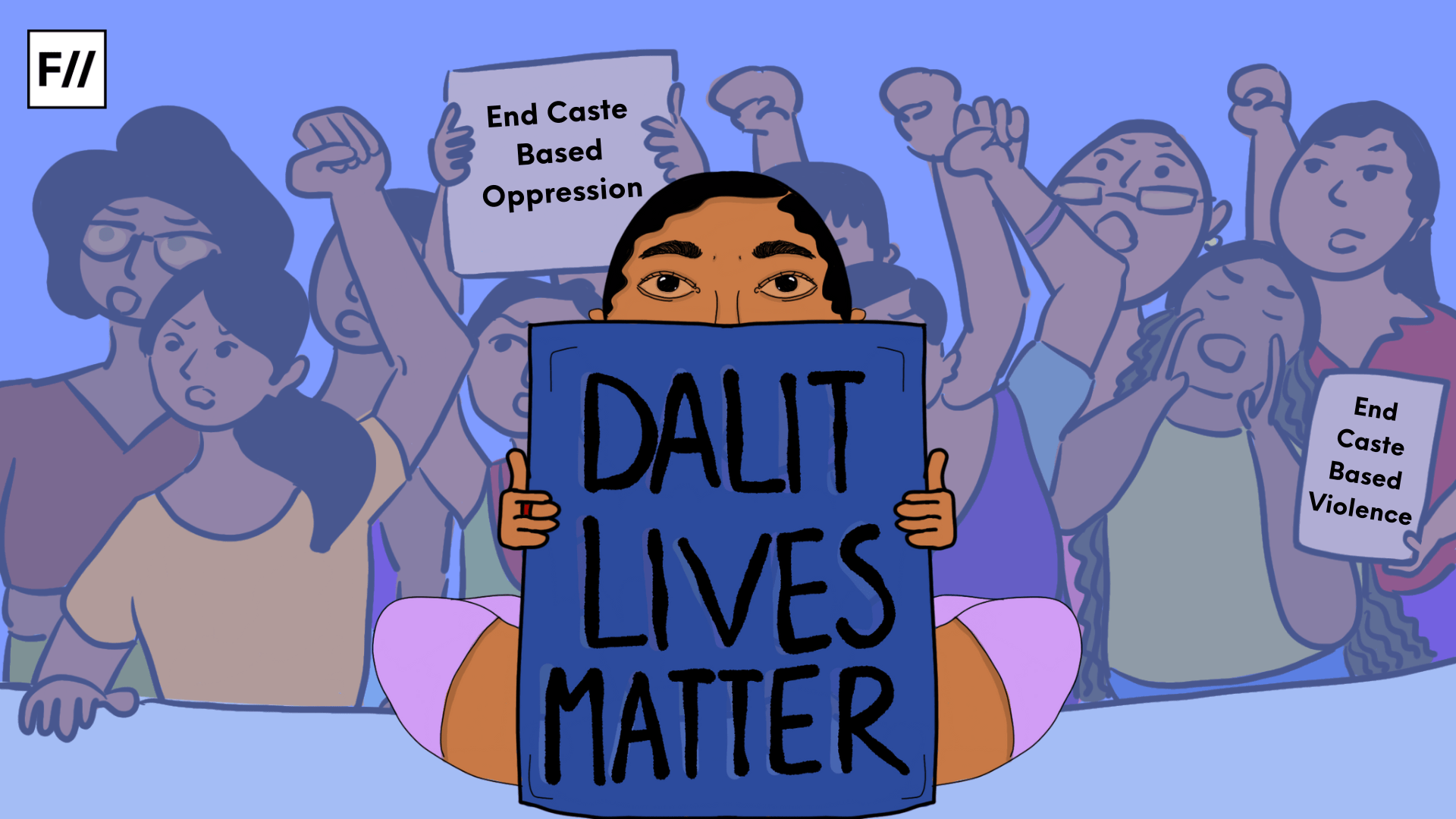Telangana was made vulnerable with brutal colonial exploitation and the power dynamics of the regional feudal Kings. The Nizam of Hyderabad was no different than the white British men who terrorised and perpetuated utter violence in the region.
While violence was perpetrated in different forms and layers, women had been the easiest prey to state capitalist interests. But some women stood tall and valiant enough to dismantle the occupation by the British and Nizam governments. One among them was a Bahujan working-class woman Chakali Ilamma.
Chakali Ilamma is a revolutionary woman freedom fighter who took part and paved the way for women in the Telangana Armed Struggle. She fought for her land and set a platform for the oppressed to rise against the ruling class domination and occupation of land. She is one of the first women to dismantle the supremacy of the feudal lords of Telangana and has inspired various women to fight for their land and dignity.
Early life and marriage
Chityala Ilamma, commonly known as Chakali Ilamma, was born into a Bahujan family whose caste was Rajaka. They were known as Chakali in the Telangana region. This valiant freedom fighter was born on September 10, 1919 in Krishnapuram Village of Warangal District. Her family earned their daily bread only through their occupation assigned by the caste structure.
They served the upper caste feudal lords by washing their clothes. Her caste has become her surname as an empowering assertion. Carrying the caste in her surname is carrying her history of slavery which always indicated a history of bravery and celebration of her intolerance for upper caste feudalism. She thus asserted the history of violence that her community had to face by upper castes.
Chakali Ilamma was married off as a child to Chityala Narasaiah. They had five children. Since the couple lived in an economically backward condition, they had to continue with their caste occupation for their livelihood – they served the upper castes.
But Ilamma was determined to defy the slavery perpetuated by upper caste feudal lords and wanted to own land on which she could earn her bread. But she and her family had to go through a lot of hardship. The story of Chakali Ilamma reflects how land was monopolised by upper caste feudal lords and her story is the celebration of a Bahujan woman’s resistance.
Rebellion of her kind
Chakali Ilamma’s fight was not exclusive of feudalism but it is of gender equality and equality within women. She questioned and stood against upper caste women who equally perpetuated caste and class slavery by commanding the lower caste women to address them as Dora (addressed to the upper caste feudal landlord which reminds the oppressed about their inferiority in class and caste structures).
She was one of the first to question upper caste women’s supremacy and identified that caste and class plays a major role in every frame of life within gender. It is safe to consider Chakali Ilamma’s struggle as a study of intersectional feminism as well.
That Chakali Ilamma fought for land and food is a common notion, but she also fought for women. Not only did her struggle target upper caste feudal lords, but also masculinities that are ingrained in the mechanisms of violence. She has been constantly challenging the toxic masculinity of upper caste feudalism. She fought against mobs of men who always tried to assault her when trying to grab land from her.
Also Read: Binodini Dasi: Trailblazer In Bengali Theatre | #IndianWomenInHistory
Resistance against land and farm occupiers
Those were the times when resources including land were monopolised and in the stranglehold of few powerful, upper caste feudal lords. They grabbed lands from the lower strata of people. This had even lead to many struggles by the exploited. Bloodshed, gang rapes, sexual assault and institutional harassment were common then.
But Chakali Ilamma was determined to take 40 acres of land for Lease from Kondala Rao, a Landlord and she started to cultivate it. This came as a shock to the upper caste feudal landlords and the Nizam Government. This came as an insult because a Bahujan woman owned land.
The Patwari (a government official who keeps records regarding the ownership of land), Veeramaneni Seshagiri tried to coerce Ilamma to give up her work on her land and work in his land along with her family, which is a form of slavery. But she refused and denied his command.
While Ilamma was already a member of the Andhra Mahasabha (An organisation in erstwhile Hyderabad state of India who along with the CPI, launched the Telangana Movement), she was aware of the strategy that the landlords would come up with. They tried to grab her land through persistent physical attacks and trying to cut her crop away. Chakali Ilamma told them, “This is my land. This is my crop. Who is this Dora to take away my land and crop? It is only possible for you when I die”.
A Bahujan woman saying it to their face was a very brave move. This anguished them the most. On knowing that Chakali Ilamma joined the Communist Party of India, Visnoor Deshmukh (a ruler of a certain territory in Hyderabad state who is entitled to a portion of collected tax who is also a DORA) Ramachandra Reddy filed a false case against Chakali Ilamma and her family and got her husband and sons arrested.
But Ilamma was able to take this atrocious act by the Deshmukh to court in which the verdict came in favour of her. He then falsely used his power to transfer Ilamma’s land in his name and asked his servants to collect all the crop from Ilamma’s Land. But Ilamma, with the help of the Andhra Sabha members, had already cut the crop and hid it safely. She even had the land transferred back to her name.
But the suppression did not stop. The Deshmukh wanted to deprive her economically. He passed an order to burn her house down. The Patwari’s servants physically attacked her husband and gang-raped her Daughter. It is all sponsored by the Nizam Government. It was all with the support of the state, for the state has been an oppressor from its origins.
Chakali Ilamma took up pestles to show her anger and rage against the Dora. She destroyed the Patwari’s house and set up a cornfield on the same land. By doing so, she exhibited the power of the oppressed. She did not just set up a cornfield but a long-lasting symbol of resistance. It is a symbol of a Bahujan woman’s struggle. It is the historic symbol of the fight against slavery.
With Ilamma’s sheer courage and fight, CPI was able to attack the landlords and they redistributed the crop and wealth to the oppressed. It is Chakali Ilamma who made this happen. Her constructive struggle and idea of anti-slavery paved the path for justice. She lost her husband, who was brutally attacked by Dora.
She has been one of the greatest and most inspiring leaders of The Telangana Armed Rebellion in 1947. She took up arms to dismantle the atrocities of the then Nizam Government in connivance with British Imperialism. Chakali Ilamma’s rebellion inspired many women to stand strong to protect their lands from the Nizam‘s Army and landlords while still facing threats of sexual assault and their husbands being killed. Paving the way for the next generation and creating revolutionary communities, Chakali Ilamma passed away on September 10, 1985.
Also Read: Uda Devi: Dalit Freedom Fighter In The 1857 Uprising | #IndianWomenInHistory





awesome